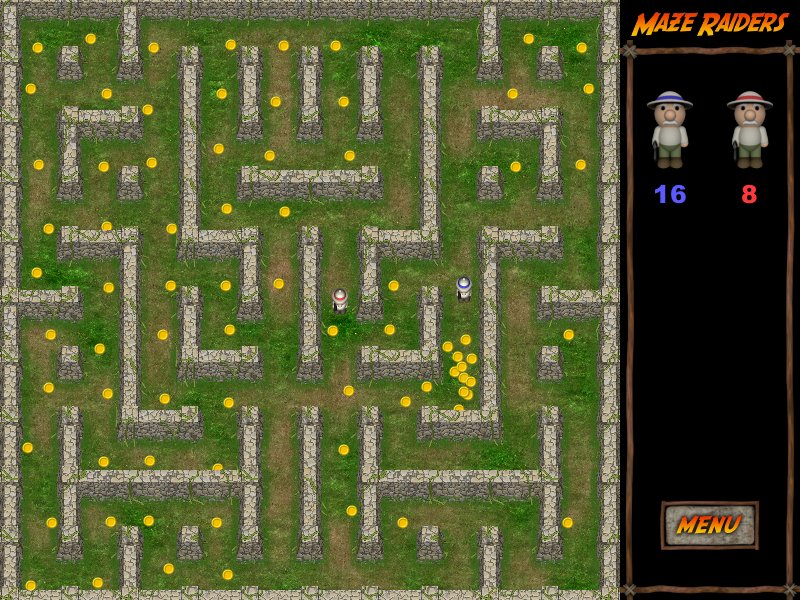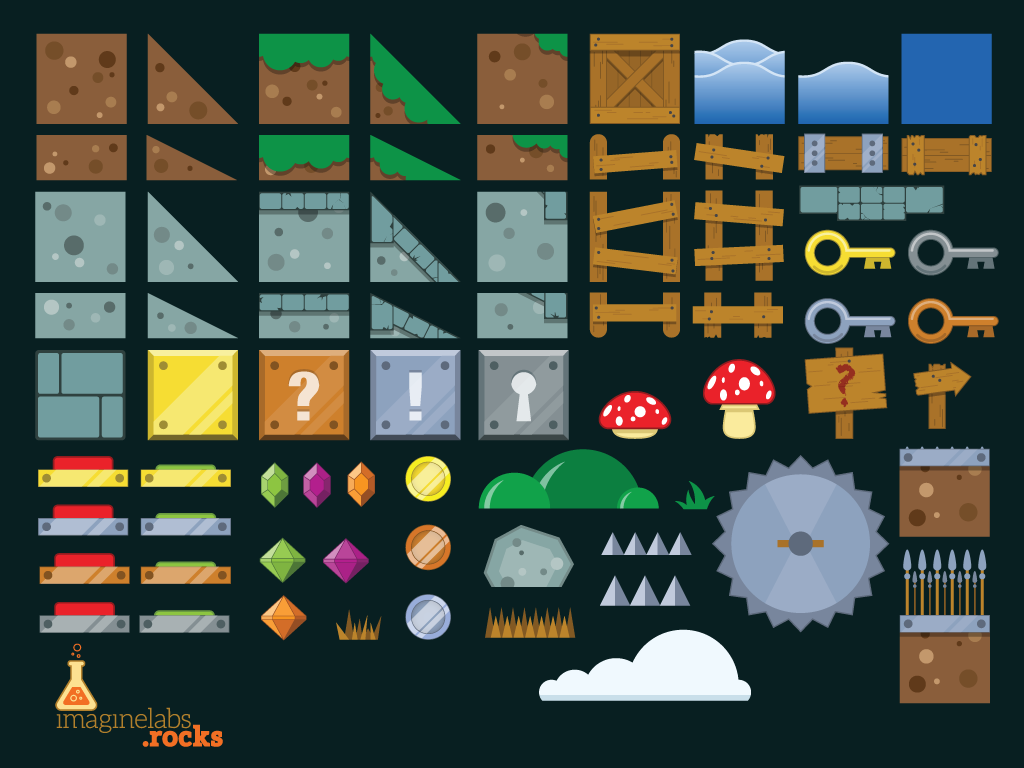

Smart Platform colliders are an enhanced version of physic colliders included with Unity, improved to solve some problems found when using the default colliders like sticking when moving a box collider over collider joints, a slope or small imperfections, trespassing colliders when moving fast, etc.

Use it not only to create tilemaps but also as a powerful level editor placing prefabs as if they were tiles.įorum | Manual | API Doc. | Tutorials Playmaker for Super Tilemap EditorĬreate and edit tilemaps in real-time using Playmaker with this complete set of actions made for Super Tilemap Editor.Ī set of useful actions will be at your disposition to create amazing worlds without writing a line of code. Super Tilemap Editor is a powerful and easy to use tile editor with everything you need to create any game based on tiles. In addition, due to its simplicity, you can adapt it to your needs without any effort.

#DOCS2 GAME MAKER HOW TO#
It doesn’t matter if you are a newbie or a professional, you will learn how to use it very fast and it will save you time with your dialogues.Įquipped with a wide range of events, you won’t need to write a single line of code to trigger actions when a conversation is started or ended or a dialog option is selected. It isn’t more complicated than necessary, so you don’t need to spend much time learning to use it. Simple but powerful conversation system for your indie games. With collisions and minimap integrated and everything you need to create a complex and wonderful RPG world easy and quickly with no complicated tools or options. RPG Map Editor in an autotile map editor for RPG games or anything you want to create in the Editor or while playing your game. This code will make all instances of that object move down together.Create an RPG map easy with only 3 buttons: left and right mouse button and shift or control key. You can use the object if want to manipulate all instances at once, like this: "with(o_player) y++ ". The object will always return the same index of some instance, causing the problem reported, that the player instance always point to the same enemy instance (coincidentally, the first instance created) In the original code when calling the point_direction, was used the object enemy instead of the instance returned by instance_nearest function. The function will check all instances that was created from the informed object and will returns the index/reference of the instance nearest to the player. When the function "instance_nearest" is called it receives the player instance position (x and y) and the object of the instances that you want to check if it's near to the player, for example, the enemy object. If you only have one instance of that object, it will work referencing the object directly, but after more were created, it will return the index of only one of them (maybe the first created).Ībout instances: every object that you drag to the room will became an instance of that object or when you create an instance from the code, like calling "instance_create_layer(x, y, "instance_layer", obj_Bullet)", this function will return the reference/index of the new instance created. The object is the template that the created instance is based of, if you want to manipulate or get information you should reference the instance.

But not sure if the reason of the problem was clear, then I want to complement by explain that the problem happened because the code in "point_direction" is referencing the object instead of the instance. I think the answer gave by YellowAfterlife solved the problem.


 0 kommentar(er)
0 kommentar(er)
